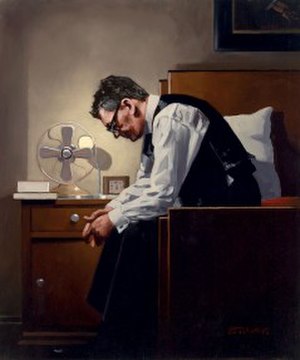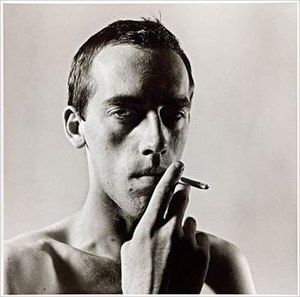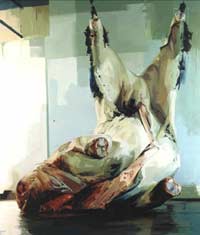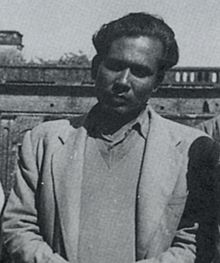Francis Bacon (artist)
#9393 Most Popular
1909
1911
1920
1924
1926
1930
1940
1944
1960
1970
1971
1982
1990
1992
2005











